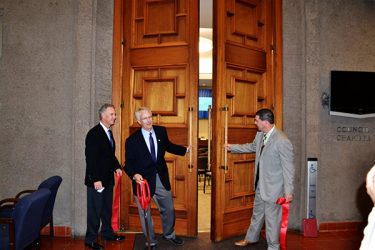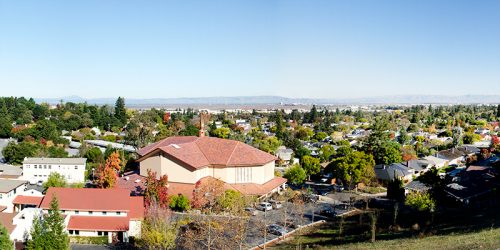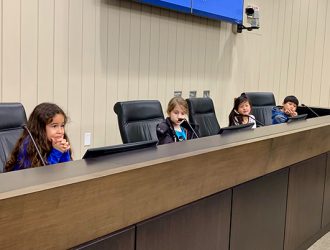
This piece was published in the San Mateo Daily Journal on Monday, October 11, 2021 under the title “Increasing diversity is more than lines on a map“.
I appreciated Rudy Espinoza Murray’s recent guest perspective on the San Mateo County Board of Supervisors redistricting process. Both Rudy and I serve on the Citizens Advisory Commission appointed to make recommendations on what, if any, changes should be made based on the 2020 census.
Rudy argued a county as diverse as San Mateo deserves a Board of Supervisors not dominated by white men, and district lines ought to be drawn so a more diverse leadership will get elected.
Even though I’m an old white guy, I appreciate diversity because it leads to better public policy decisions. Its value doesn’t have to come from differences in race or ethnicity or country of origin. In fact, it mostly stems from leaders having different life experiences. Which are often a function, granted, of race, ethnicity, the socioeconomic level of one’s family, country of origin, etc.
Where I differ from Rudy is I don’t believe using boundaries to tilt the system toward electing a more diverse-looking group of leaders based on race or ethnicity is the best approach. We absolutely don’t want the deck stacked against any group. But that’s different from stacking the deck in favor of some group or groups, even if they’ve been underrepresented. It’s why such gerrymandering was held to be unconstitutional.
The rules governing redistricting target several goals… at least some of which conflict with each other. That isn’t surprising. Determining how voting power gets consolidated to create a decision-making body whose experiences and insights span those of the entire community is inherently complicated. So complicated that any single-focus approach should be suspect. Because it would almost certainly ignore or minimize other vital community interests.
Using boundaries to solve diversity problems reminds me of the old saying “when all you have is a hammer everything looks like a nail.” But boundaries are not the only tool available to support and encourage diverse leadership. Based on nearly 20 years as a local elected official I’d say other factors are far more important in determining who gets elected.
First there’s the issue of money. Campaigns are expensive, and if you aren’t lucky enough to be able to fund your own, you’ll have to spend a lot of time schmoozing donors. That takes time away from earning a living and enjoying your family.
Learning how to reach out to people you don’t know is something many of us don’t master growing up. Not everyone is a salesperson. Moreover, even if you have good campaigning instincts you still need to determine who to make your pitch to. The data on who votes in what elections (not how they voted, just whether they voted or not) is publicly available … but it can be challenging to navigate.
Beyond money, campaign savvy and figuring out how to sell yourself there’s also the issue of how our elected bodies meet and operate. Few of them do so in a way which makes it easy for parents with school-age children to play a role (due to when meetings are held, lack of child care support, etc.).
This isn’t meant to be an exhaustive list. There are many other factors which also play a role in discouraging pursuit of elective office by most people of ordinary means. These are just the ones I heard, many times, from people when I was an elected official.
Rather than focus all our attention on drawing the “right” boundaries, wouldn’t it be better to draw the lines fairly… and address the factors limiting candidate diversity directly? By requiring our public agencies to offer training on how to network and campaign? By making the voter records easier to access and use? By changing when and how our leaders meet, and offering support services like child care?
And — dare I say it? — maybe we should think, carefully, about public financial assistance for campaigns.
Some will argue that’s a waste of scarce taxpayer dollars. But if we truly want elective office to be open to all citizens, benefiting our community through diverse leadership, why shouldn’t we be willing to spend public funds to make at least a down payment on it? Because if I had to pick one factor limiting the diversity of our leaders it’d have to be money.
Figuring out how to do that the right way won’t be easy. But there are existing models we could follow.
Regardless, I encourage everyone with an interest in redistricting to contact the commission and share your views on our boundaries. But, beyond that, I encourage everyone who wants, like me, to see diverse viewpoints and perspectives on the board, to think about doing more than just how to draw lines on a map.




























